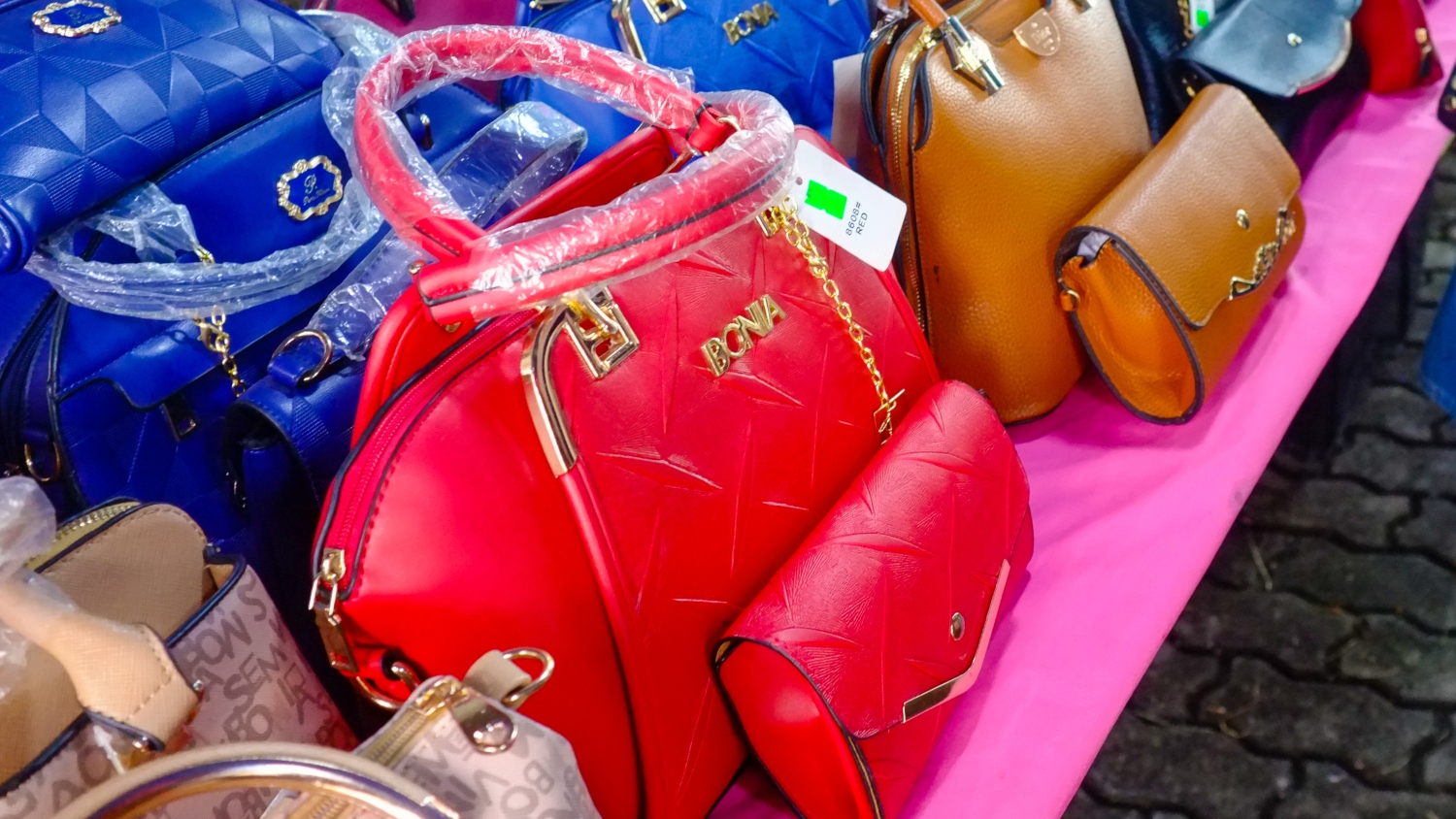Counterfeiting is on the rise, and projected to exceed $3 trillion in 2022

In a recent article published by The Wire China, I was interviewed on the challenges of e-commerce giant Amazon to contain counterfeit products on its website. Counterfeit products are commonly thought to be a problem in niche industries, including luxury handbags and apparel, music and DVD movies, running shoes, jewelry, and of course, Rolex Watches. A stroll down Canal Street in New York City is filled with vendors hawking their counterfeit goods. How bad can the problem be? And unless you aren’t in these industries, then what is the worry?
In fact, counterfeit products are not just a passing problem, but are part of a major global industry. Counterfeiting has grown from a $30B trade problem in the 1980s, and now exceeds $600B in trade. Trade data trends suggest that this number could soon rise to over $1.8 trillion, which is more than the gross domestic product of most countries. The explosion of e-commerce during COVID has also created a picture-perfect market channel for counterfeit goods, as it is easy to shut down a website selling these products at the request of Amazon or Alibaba, and open up another one the next day. Evidence shows that as e-commerce sales have grown from 10% of retail sales to more than 30% during COVID, this has offered a perfect opportunity for counterfeiters to exploit consumers buying products from their desktop.
Combating counterfeits is not a simple matter of developing software, systems or covert markings, or setting up a single brand security function. Rather, it is a global problem, one that pervades all organizations, large and small, across multiple industries. Combating counterfeiting requires a multi-layered strategy that adopts multiple approaches and engages the entire organization.
Counterfeit products are a serious problem that have caught the attention of governments, economists, and business leaders. According to OECD data on counterfeiting and international trade, the total value of counterfeit and pirated goods was about $1 Trillion in 2013, and is expected to grow to close to $3 Trillion in 2022.
Some of the biggest targeted markets include consumer goods, tobacco, aerospace components, electronics, pharmaceuticals, automotive parts, industrial components, apparel, food, as well as just about every other manufacturing industry one can think of.
Unfortunately, it is a problem that many companies do not want to acknowledge and often don’t want to raise to their boards and shareholders. Senior executives often justify the lack of a response to counterfeiting by “explaining away the problem” (e.g. counterfeiters will always find a way to copy products, it is a small percentage of sales that is not worth going after, etc.) or other ways to avoid confronting the issue.
Ignoring the problem of counterfeiting at your organization is playing right into the hands of what counterfeiters want you to do: ignore the problem. Taking this course of action has the effect of encouraging counterfeiters to grow their market share and take revenue from global brands.
As part of our CAPS study completed in 2019, 23 studied companies and non-profit organizations that have put forth a real effort to combat counterfeiters. We studied isolated reports and recommendations to battle counterfeit products. We found that anti-counterfeiting efforts are often not taken seriously, and may be relegated to a single Global Brand Security office, consisting of a handful of low-level managers stretched for resources with few resources for conducting analyses.
We also found that many organizations are not willing to do what it takes to combat counterfeiting: Invest in a comprehensive cross-functional program that can cover all of the hidden complexities of this scourge, spanning issues from legal engagement, technical analysis, global logistics and supplier relationships. While your organization may never completely eliminate counterfeiters from copying and selling your brand, there are a few solutions we found that can significantly stem the tide of counterfeit goods. A lot of the effort begins with good data. This means documenting the current “as is” state, and estimating the cost of lost revenue, the soft costs of poor quality and brand image loss, and determining the ROI associated with investing funds to reduce the size of the problem. Zero counterfeiting of your products is probably not a reasonable goal. Reduction by 50% or more definitely is a good place to start.